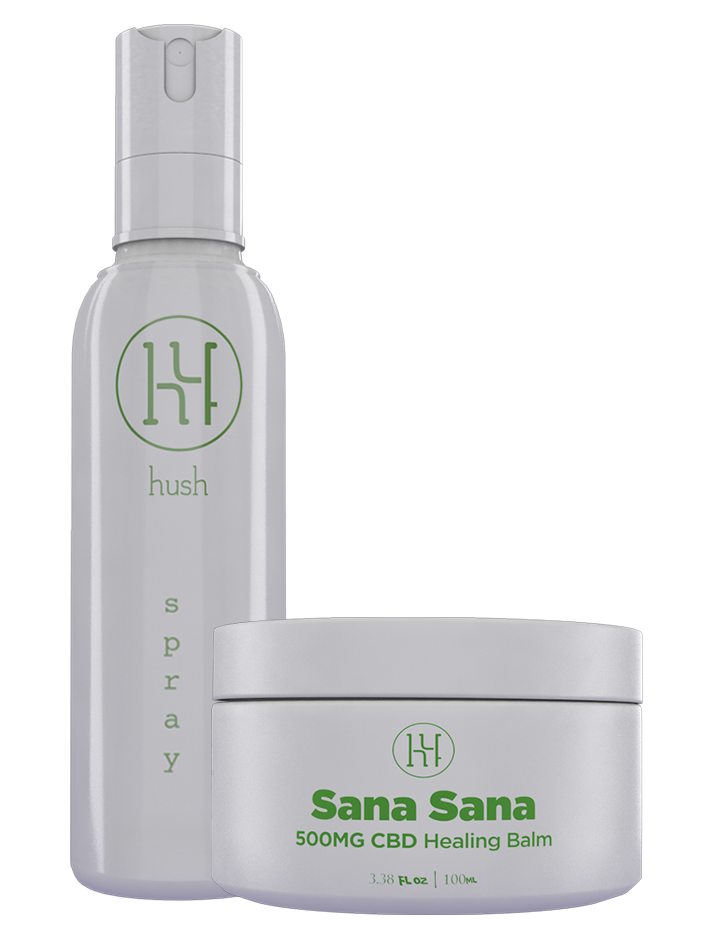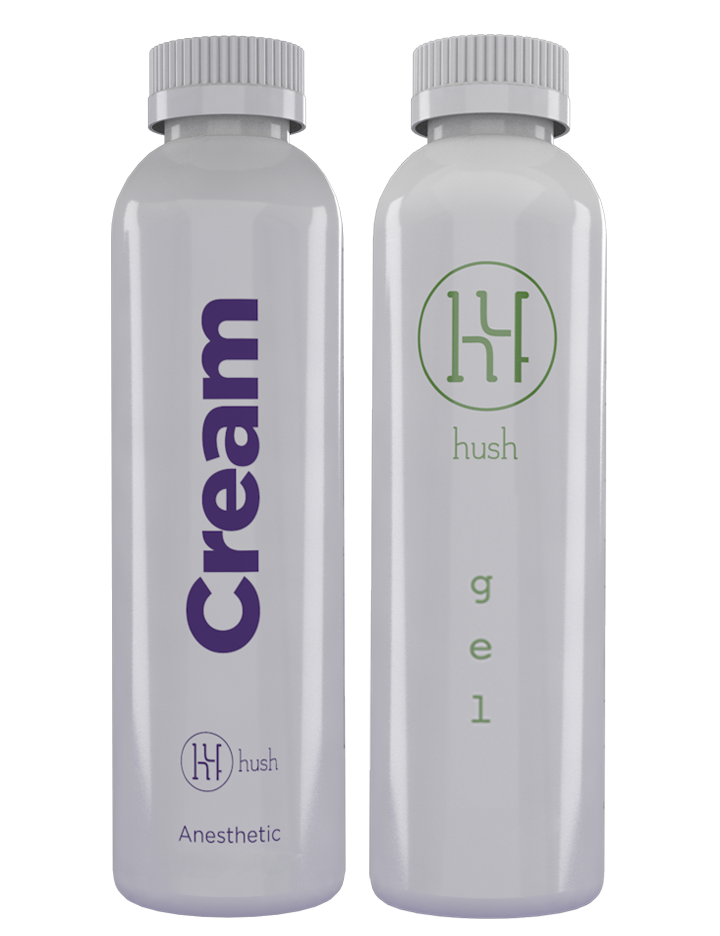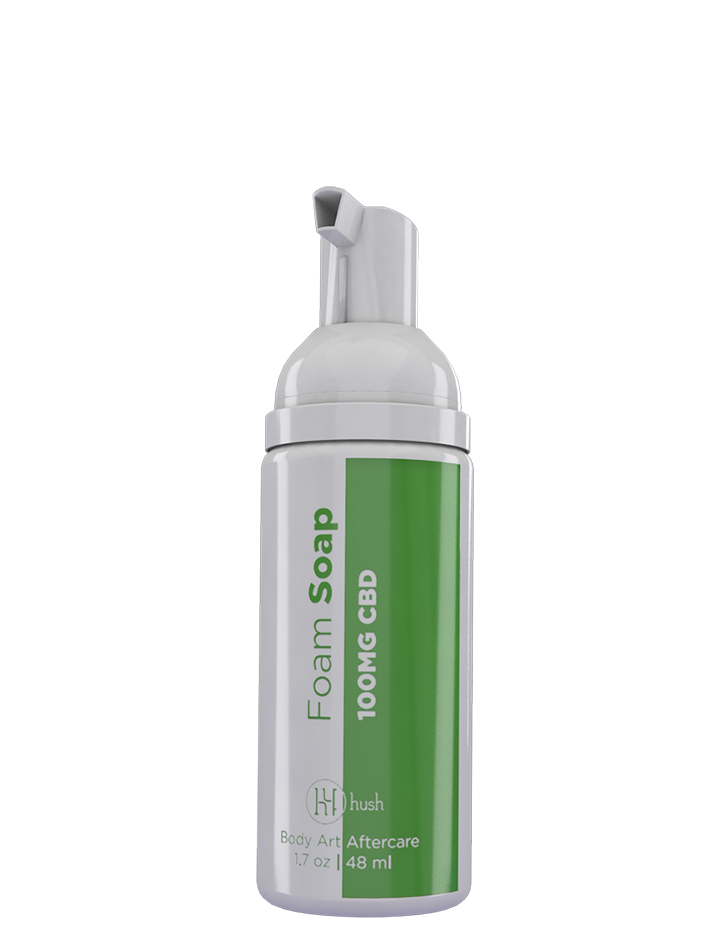When most people get a new tattoo, their idea of caring for that tattoo extends to the next week or two. This is the period when your tattoo is the most vulnerable. It’s still an open wound; like any open wound, it can become infected if you don’t properly care for it.
What are you going to do after the wound heals? Will you stop caring for your tattoo just because you did everything the immediate aftercare instructions told you to do? Your tattoo will always need a little extra love.
Here’s what you need to know about long-term tattoo care to keep your tattoos looking sharp for years to come.
Do: Follow Your Tattoo Artist’s Aftercare Instructions
Your tattoo artist will provide you with aftercare instructions for your tattoo. They’ll tell you what products you can use, when you can take your SaniDerm off, how often you should wash your tattoo, and what kind of skin protectants you should use to support the healing process.
Their aftercare advice is medically backed, and your artist knows what they’re talking about. Try to stick to the plan.
Don’t: Assume You Know Better
Some people take the clear sheet off of their tattoo because it’s filled with liquid or because their tattoo looks healed underneath. They look at their tattoo and think, “everything looks okay to me.”
The truth is that you can’t visibly see what stage of healing you’ve reached. Most of the healing process occurs below your skin's surface. You can’t always see signs of redness or lingering irritation, especially if they’re underneath tattoo ink.
It doesn’t matter how everything looks. If you believe your tattoo is completely through the healing process or you no longer need to follow your aftercare instructions, talk to your tattoo artist. There’s a good chance they will recommend you keep on, keepin’ on with the aftercare protocol.
Do: Drink Plenty of Water and Eat Your Protein and Veggies
Your body needs a lot of stuff when it’s healing. Water, protein, and vitamins are crucial parts of your body’s repair process for damaged tissue and for creating new tissue. Balanced meals and proper hydration will adequately support your body while you heal.
Shoot for a zippy rebound with a few salads and a couple of extra bottles of water.
Don’t: Exercise
What? Wait, since when is it good advice to avoid exercise? Don’t get too excited. The ban on exercise is temporary. Exercise makes you sweat, and sweat can carry bacteria around your skin. It can also loosen the grip of your tattoo covering. It’s a good idea to avoid exercise until removing your covering is okay, usually 48 to 72 hours after you get your tattoo.
When you go back to exercising after your tattoo, be mindful of the tattooed area. You don’t want to bump it against the equipment or let it touch any surfaces at the gym. Although the gym leaves wipes everywhere and posts signs that people should sanitize the equipment after they use it, not everyone is a team player.
Wash your tattoo with a tattoo cleanser immediately following a workout. Even though you don’t need to keep your tattoo covered anymore, you still need to treat it like a wound. Don’t give sweaty bacteria enough time to sit, replicate, and infect your new tattoo.
Do: Use Your Aftercare Products Until You Run Out

Your aftercare kit probably included a special soap, a tattoo moisturizer, and a numbing product to ease pain and prevent itching. Use the special soap until your tattoo is fully healed, but keep using the other products for as long as you want.
Your new tattoo may sting or feel sore for about a week, and numbing products can help to take the edge off. As soon as the stinging stops, the itching starts.
You’re in for about two more weeks of itching while your old skin cells shed and are slowly replaced by new skin cells. That’s a total of three weeks where it’s better to keep that area numb. You can use your numbing product until the itching sensation stops.
You can use your tattoo moisturizer until you run out. It’s a good idea to nourish your skin every day. It can take up to six weeks for the skin around your tattoo to completely heal, and a healing lotion can work to keep your skin healthy throughout the process.
Don’t: Switch to Scented Soaps or Lotions for a While
Tattoo soaps, skin protectants, healing balms, and lotions are made without ingredients like artificial colors or fragrances. These ingredients are known skin irritants, and your tattoo is an open wound. They’ll sting, burn, and irritate your skin while it’s trying to heal.
If you usually use a scented body wash or a scented lotion, be careful about switching back to your normal products when you have a new tattoo. Even after you’re done with your tattoo artist’s recommended aftercare, your tattooed skin will still be sensitive for a while. Wait at least six weeks before using scented products on your tattooed skin. It’s even better to wait 12 weeks.
Do: Use Sunblock on Your Tattoo

The sun can be really bad for you. No, seriously. Unprotected sun exposure can be seriously harmful. Sunblock can significantly decrease your chance of developing some skin cancers.
It can also prevent damage to the skin, which can cause premature aging, the formation of dark spots, peeling, burning, and extreme dryness. The sun can also fade or damage your tattoos.
Protecting your tattoo is far from the most important reason to use sunblock. You should use it every day your skin is exposed in the daytime, even when it’s cloudy, rainy, or snowy outside. Use your new tattoo to get into the habit of applying sunblock daily.
Don’t: Use Skincare Products That May Lighten Your Skin
Skincare products designed to promote an even skin tone or reduce dark spots are sometimes formulated with ingredients that mildly bleach the skin. These ingredients aren’t usually harmful in small amounts; the products are designed to work gradually.
These products work to fade surface-level discoloration of your skin, which can affect the way your tattoo appears. They don’t penetrate deeply enough to reach tattoo ink, so they won’t damage the integrity of your tattoo. They cannot be used to remove tattoos, despite what some people on the internet say.
Some skin-lightening ingredients will leave a tattoo looking hazy or fuzzy as the layer of skin above your tattoo is impacted by the ingredients. People might find this out the hard way when they use certain acne creams to combat body acne.
If you put them on your tattoo, you may notice that it gradually looks less vibrant and distinct. Avoid ingredients like kojic acid, licorice extract, hydroquinone, azelaic acid, arbutin, and retinoids.
Do: Return to the Same Artist If You Want a Touch-Up
A properly executed tattoo should look great for years. If you decide that you want to touch up, change, or add to your tattoo, it’s a good idea to go to the same artist. That artist has perfected their technique. They’re loyal to their favorite brand of ink. Most importantly, they can perfectly replicate their own style.
Don’t: Let Another Artist Work Over Your Tattoo

Unless you don’t like your tattoo and want it corrected, it’s smart to return to the same artist if you want any touch-ups, additions, or modifications. It’s very difficult for one artist to perfectly duplicate another artist’s work.
Any changes made by another artist might not look cohesive. If it’s clear that two different artists worked on your tattoo, you might not be too happy with the end result.
HUSH Is Here, Before and After
Our tattoo aftercare set contains everything you need to help your tattoo heal. It also contains a spray to keep the itching from driving you crazy. Use the balm even after your tattoo artist relieves you of your formal aftercare duties. It’s designed to condition and moisturize your skin, keeping your tattoo looking defined and vibrant.
If you haven’t gotten your tattoo yet, we also have what you need before you go. Our session bundle contains skin-numbing products that can make the pain of your tattoo bearable. Let artists suffer for their art. All you need to do is sit back and enjoy it.
Sources:
How Wounds Heal | Johns Hopkins Medicine
How to prevent common skin infections at the gym | American Academy of Dermatology Association




